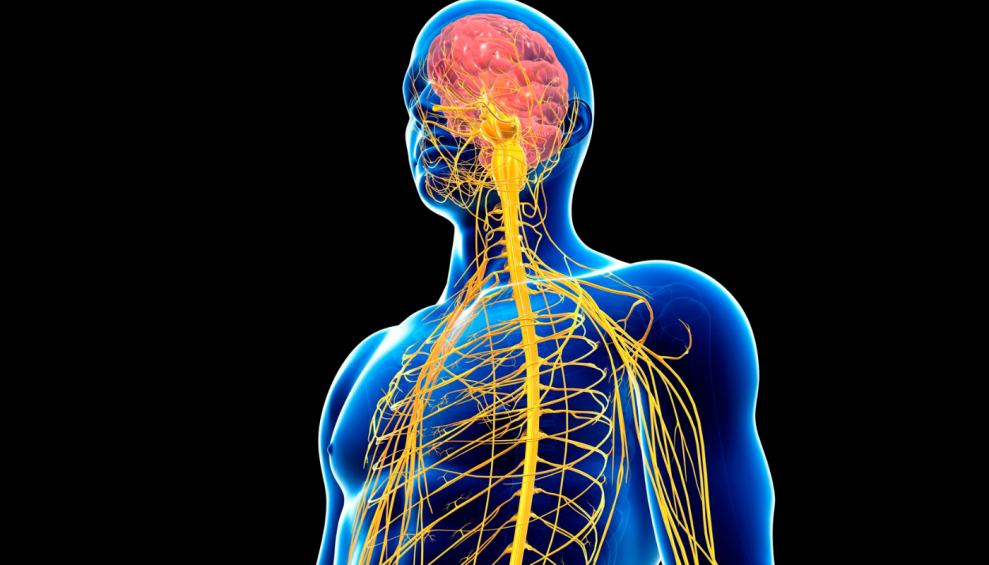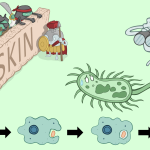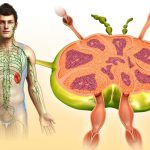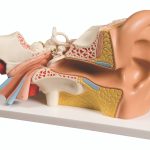
What is the central nervous system?
The central nervous system (CNS) is made up of the brain and spinal cord. It is one of 2 parts of the nervous system. The other part is the peripheral nervous system, which consists of nerves that connect the brain and spinal cord to the rest of the body.
The central nervous system is the body’s processing centre. The brain controls most of the functions of the body, including awareness, movement, thinking, speech, and the 5 senses of seeing, hearing, feeling, tasting and smelling.
The spinal cord is an extension of the brain. It carries messages to and from the brain via the network of peripheral nerves connected to it.
Nerves also connect the spinal cord to a part of the brain called the brainstem.
What are the parts of the central nervous system?
The nervous system is made up of basic units called neurons. The neurons are arranged in networks that carry electrical or chemical messages to and from the brain.
The tissue of the central nervous system is made up of grey matter and white matter. Grey matter is made up of neurons, cells and blood vessels. White matter is made up of axons, which are long cords that extend from the neurons. They are coated in myelin, which is a fatty insulation.
The brain and spinal cord are protected from damage by a clear liquid called cerebrospinal fluid, 3 layers of membranes called the meninges, and the hard bones of the skull and backbone.
The brain
The brain is made up of different parts. These include the cerebrum, the cerebellum, the thalamus, the hypothalamus and the brainstem.
The cerebrum is the largest part of the brain. It controls intelligence, memory, personality, emotion, speech, and ability to feel and move. It is divided into left and right hemispheres, linked by a band of nerve fibres in the centre of the brain called the corpus callosum.
Each hemisphere is divided into 4 lobes, or sections, which are all connected.
- The frontal lobes control movement, speech and some of the functions of the mind like behaviour, mood, memory and organisation.
- The temporal lobes play an important part in memory, hearing, speech and language.
- The parietal lobes play an important part in taste, touch, temperature and pain, and also in the understanding of numbers, awareness of the body and feeling of space.
- The occipital lobes are vital for being able to see clearly.
Deep inside the brain are the thalamus and the hypothalamus. The thalamus moves information to and from the lobes, and controls movements and memory. The hypothalamus controls appetite, thirst and body temperature, and produces hormones that control the release of other hormones in the pituitary gland.
At the base of the brain is the brainstem. It is important for breathing, blood pressure and how the body reacts to danger.



